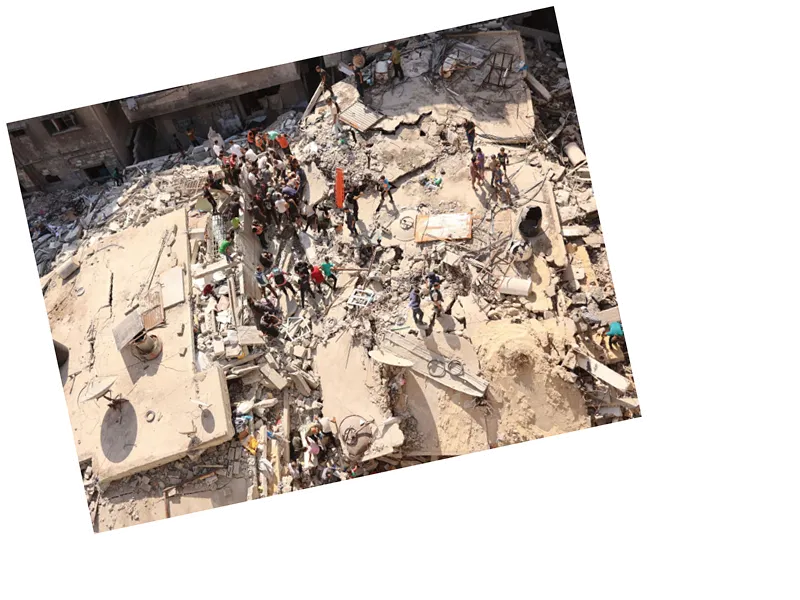Famine and Humanitarian Crisis in Gaza
As the conflict in Gaza intensifies, the humanitarian situation has deteriorated significantly, leading to a severe famine affecting thousands of residents. Families like that of Samaher Al-Shanbari, who has been displaced multiple times, are facing unimaginable hardships. Living in a school shelter in Khan Yunis, Al-Shanbari recounts the tragic loss of her seven-year-old son Mahmoud due to malnutrition. The ongoing Israeli occupation has created a 'genocidal environment' where basic necessities such as fresh food are scarce, forcing families to rely on unhealthy canned goods.
Displacement and Rising Food Prices
The war has forced many families to flee their homes, with some, like Umm Samer Abu Amsha and her family, experiencing displacement up to 14 times. The lack of access to nutritious food has led to health issues, particularly among vulnerable populations such as children and the elderly. Reports indicate that the prices of essential food items have skyrocketed, with basic staples like flour and canned goods becoming unaffordable. For instance, a 25-kilogram bag of flour is now priced at 50 shekels, compared to just 10 shekels before the conflict.
Agricultural Destruction and Food Insecurity
The destruction of agricultural lands and infrastructure has exacerbated the food crisis. Recent assessments show that over 67% of agricultural land in Gaza has been damaged, with fishing stocks nearly wiped out. The Food and Agriculture Organization warns that this unprecedented level of damage raises serious concerns about future food production in the region. Humanitarian organizations report that only a fraction of the necessary supplies are entering Gaza, with the United Nations estimating that current humanitarian aid is insufficient to meet the needs of the population. This situation has led to widespread malnutrition and health crises, particularly among women and children.





